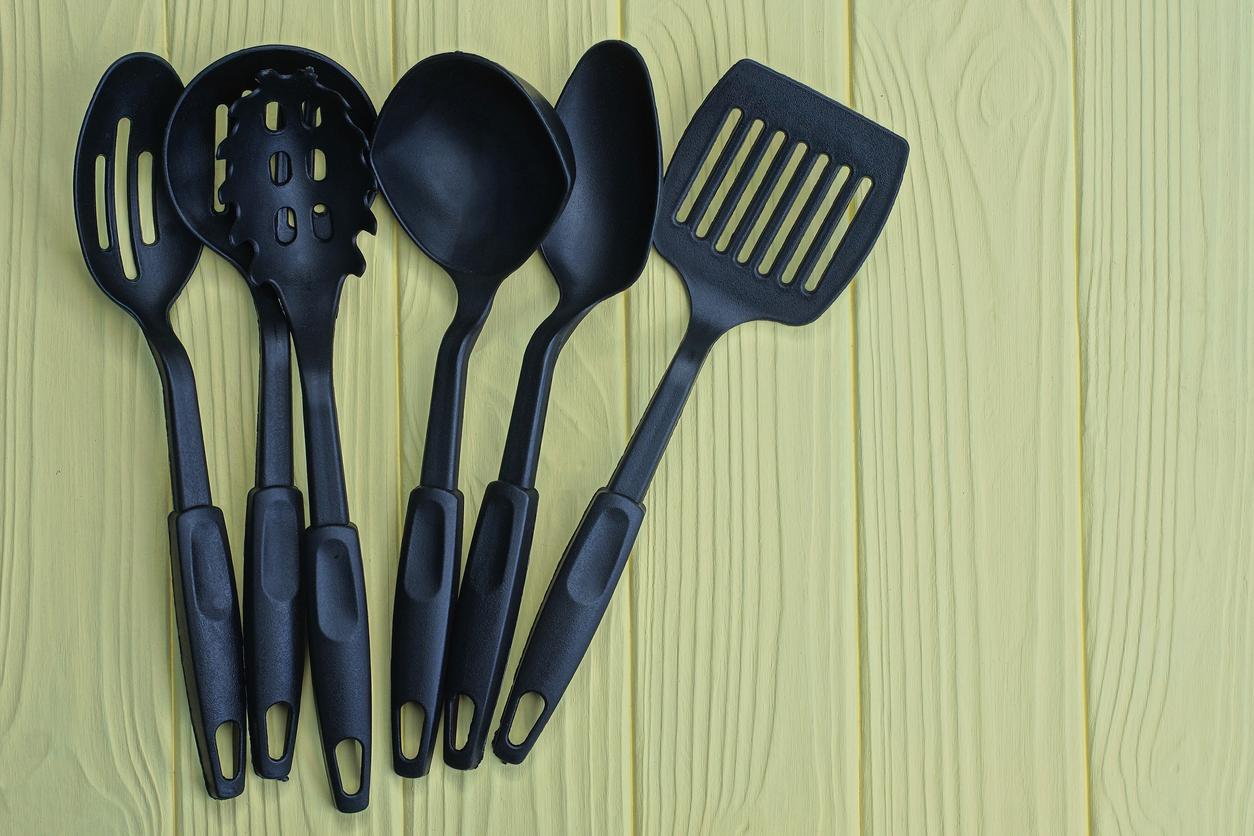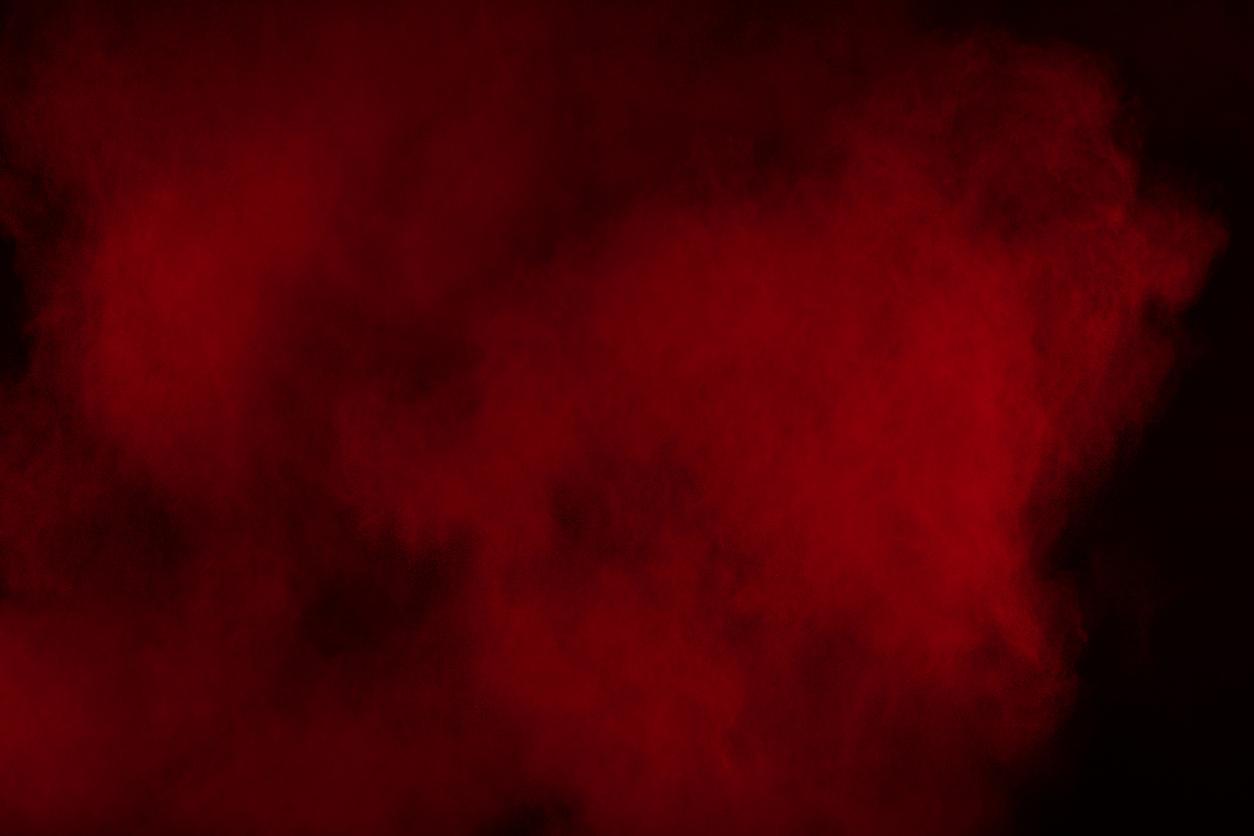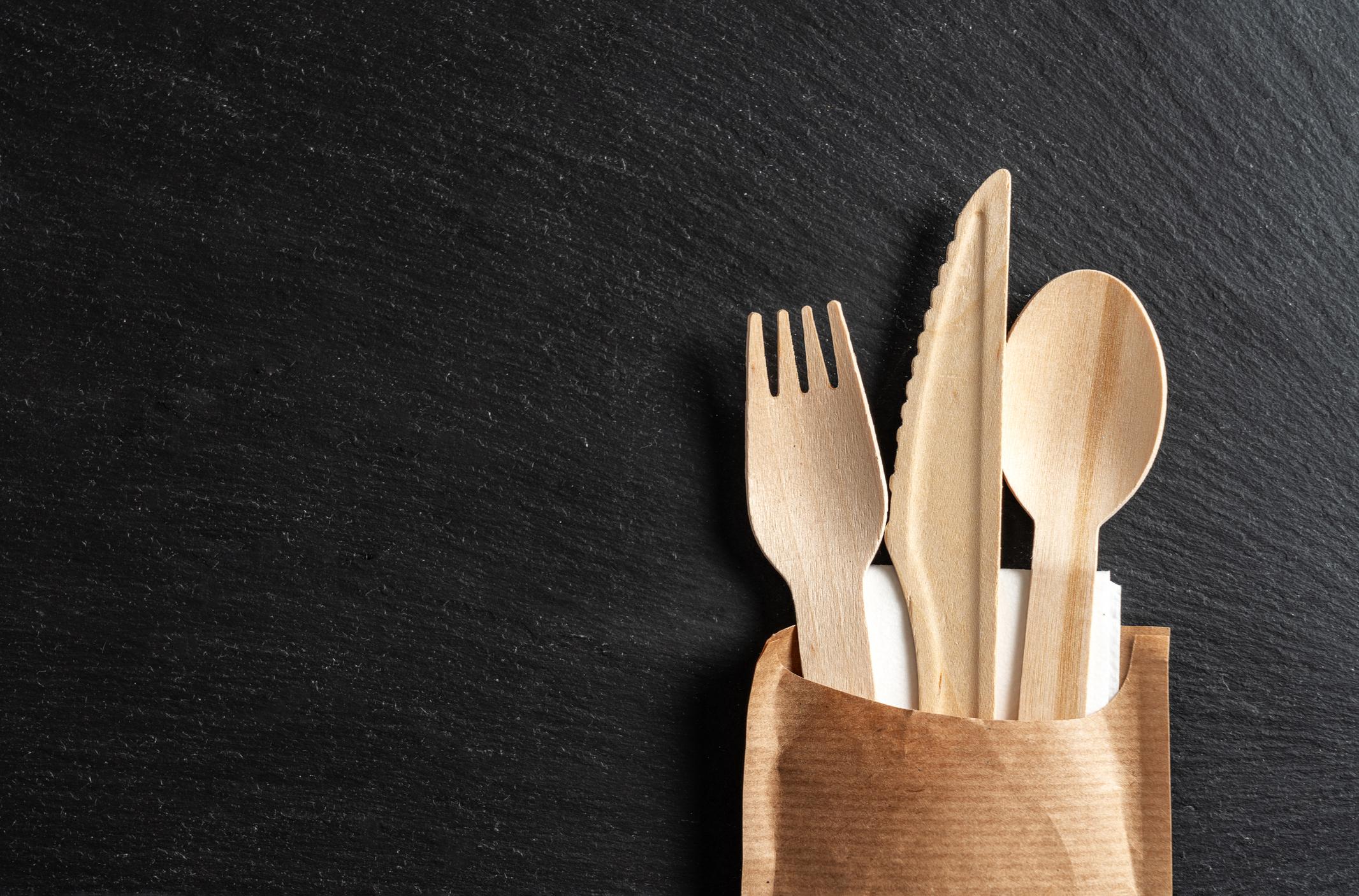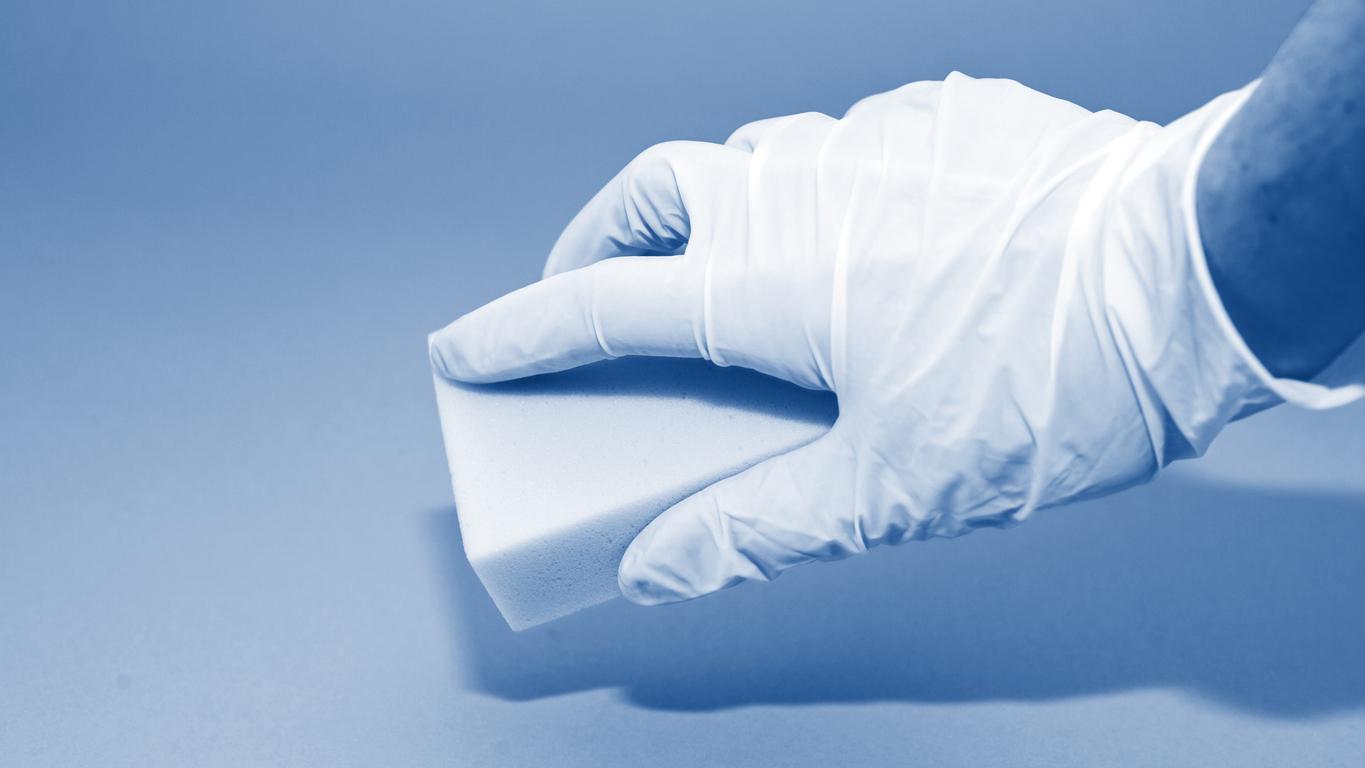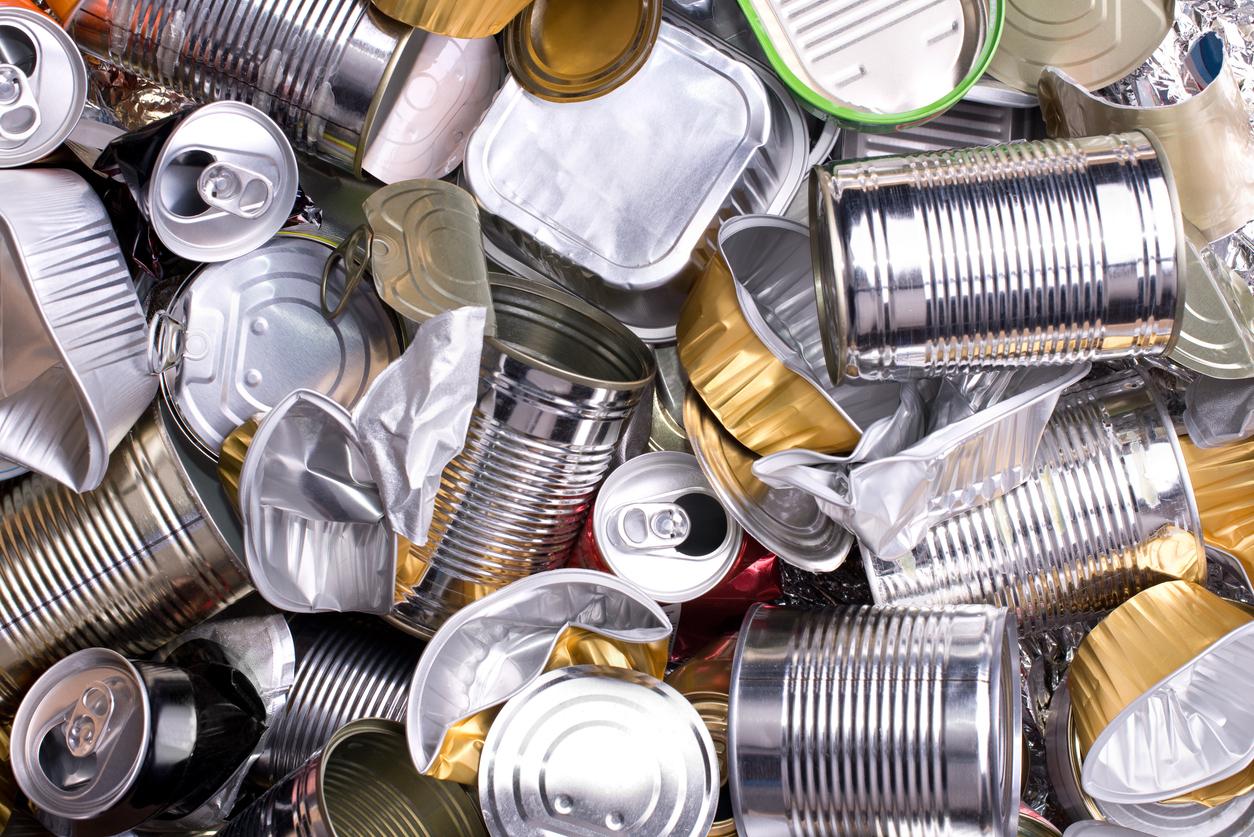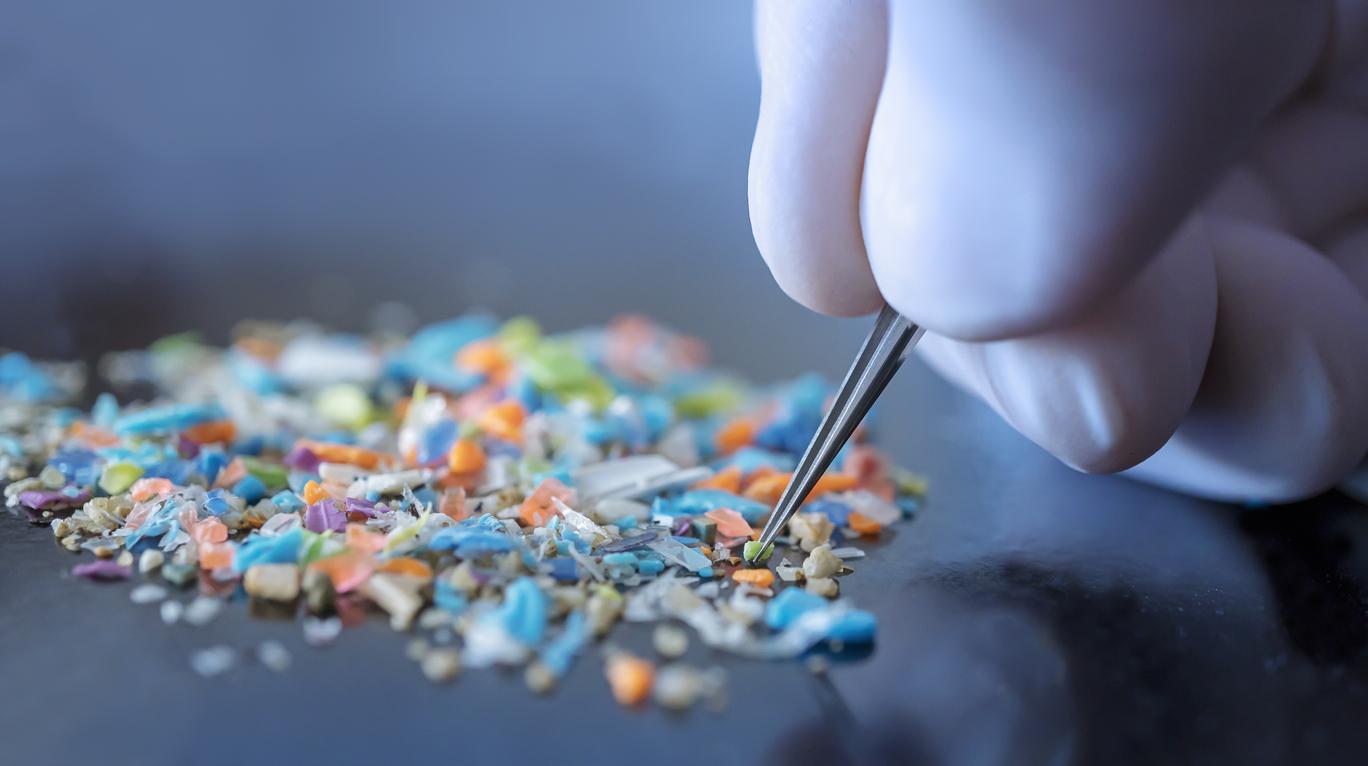As part of the biodiversity law, plastic cotton swabs will now be banned for sale to individuals from January 1, 2020. This will be of use to ear doctors who do not like cotton swabs very much. , responsible for too frequent trauma, especially in toddlers.
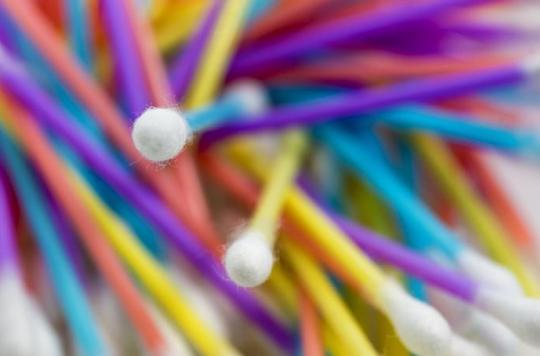
It is not a victory for the doctors, but that of the associations for the defense of the environment, which pushed for the ban on the sale of plastic cotton swabs. This type of cotton swab is indeed frequently thrown straight down the toilet and, because they are lightweight and float on the sewage, plastic cotton swabs cannot be effectively treated at water stations. purification.
Plastic cotton swabs pollute
Results, they are found in large numbers in our rivers and oceans, according to environmental protection associations. All the cotton swabs used in France represented 1.2 million tonnes of detritus, mostly found on beaches, or even in the stomachs of fish.
In accordance with the Biodiversity law, plastic cotton swabs will be prohibited for sale to individuals from 1er January 2020. The measure, which will come into force in 2020, will apply only to individuals and only concerns plastic sticks. They will remain usable in the medical environment where they provide many services and where we know perfectly how to recycle waste.
Gentle removal of earwax
Cotton swabs are widely used for cleaning the ear canal. and remove excess earwax. Earwax is a kind of wax which is a natural defense element of our body, against dust, but also against microbes. It may not always be necessary to remove it, but when this wax builds up it can reduce the ability to hear well, especially in older people.
On the occasion of this law, it is possible to change the method: ask the family doctor to take a look, then to wash your duct, with a pear, if the obstacle seems too tight. It is simple and sometimes spectacular in people who hardly heard any more. There are similar products (pears and liquid to help soften the cork) on sale in pharmacies and which allow you to do the same maneuver in total safety at home, of course while respecting the obvious contraindications. Do not do this, especially if you have ear pain or if there is any discharge.
You can also clean your ears after a shower. It is much easier when the earwax softens. You should use a damp cloth to wash the outer part of your ear, and rinse your ears when you are in the shower.
Cotton swabs rather bad for the ears
According to specialists, the cotton swab is the last thing to put in the ears. You risk aggravating rather than cleaning up.
Despite many warnings, parents remain overzealous and there are no longer counting children injured by care that nevertheless leaves a good feeling with, in particular, a risk of perforation of the eardrum.
Some advocate using a paper clip, with the rounded part playing the role of a handle able to catch the deposits of earwax without pushing it back to the bottom of the ear canal, but it is very hard and it can injure a child who s’ shake.
To harass them, never push the cotton swab more than 1 cm.
The biodiversity law does not only protect the future of our children… it also protects their ears!

.







